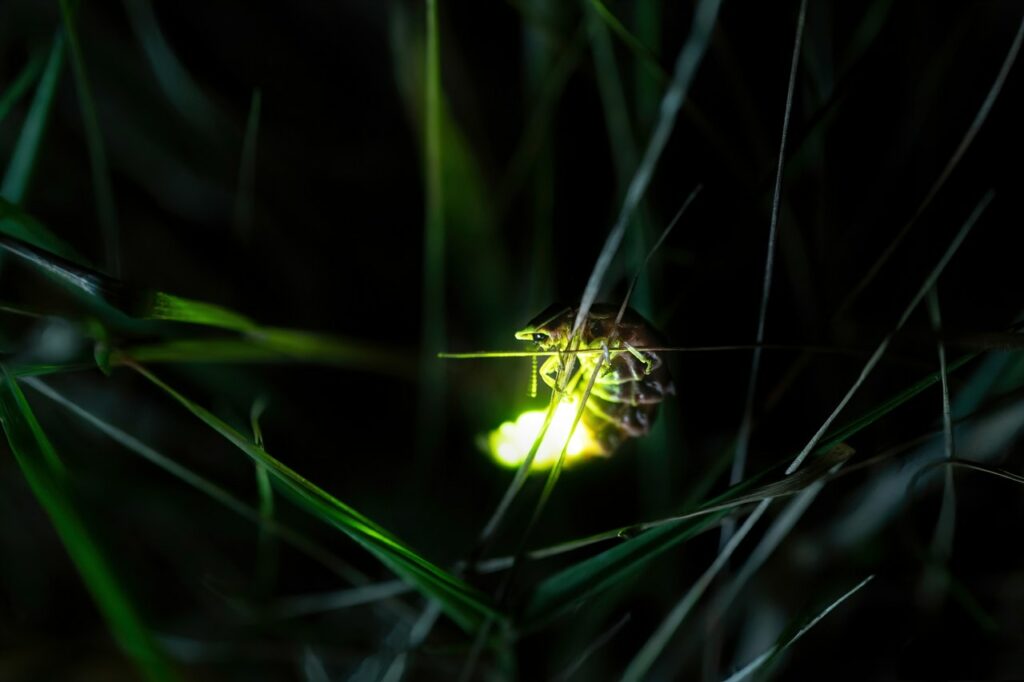


7 May, 2021
If we think of light pollution as a problem at all, we probably think in terms of the impact on our ability to see the stars, and then about the carbon associated with leaving those lights on. Less obvious – but really important – is the impact it is having on the natural world.
The humble firefly, for example, is one of the many insects affected. A recent study highlights how artificial light dampens the fireflies’ flashing signals that can only be seen effectively in the darkness. This hinders their ability to find a mate, as this is the primary purpose of their flashes. So not only does keeping the lights on add to our carbon footprint, it also adds to the problem of our dwindling insect populations.
It’s not just insects: baby turtles in Barbados that are naturally guided by the moon to get back to the ocean are confused by the bright lights of cities. Instead of heading to the sea, they end up perilously crossing roads, as seen on Planet Earth II, with many not surviving the trip.
On the human side of things, light pollution also hinders our ability to fully appreciate the night sky, which could bring us closer to nature and reinforce our desire to protect it. From a biological perspective, it also impacts on our natural circadian rhythms, which are affected by light emitted by streetlamps, house lights and, most impactfully, our electronic devices.
For humans, then, as well as for animals, we’d do well to keep the lights off at night when we can. As businesses, we can make a start on tackling our emissions, lowering our electricity bills and protecting nature by keeping the office lights off when buildings are closed – a win-win for nature and the warming planet, even if it’s an old school solution. And, who knows? We might even get to see some fireflies, or a shooting star.
By Cara McEvoy